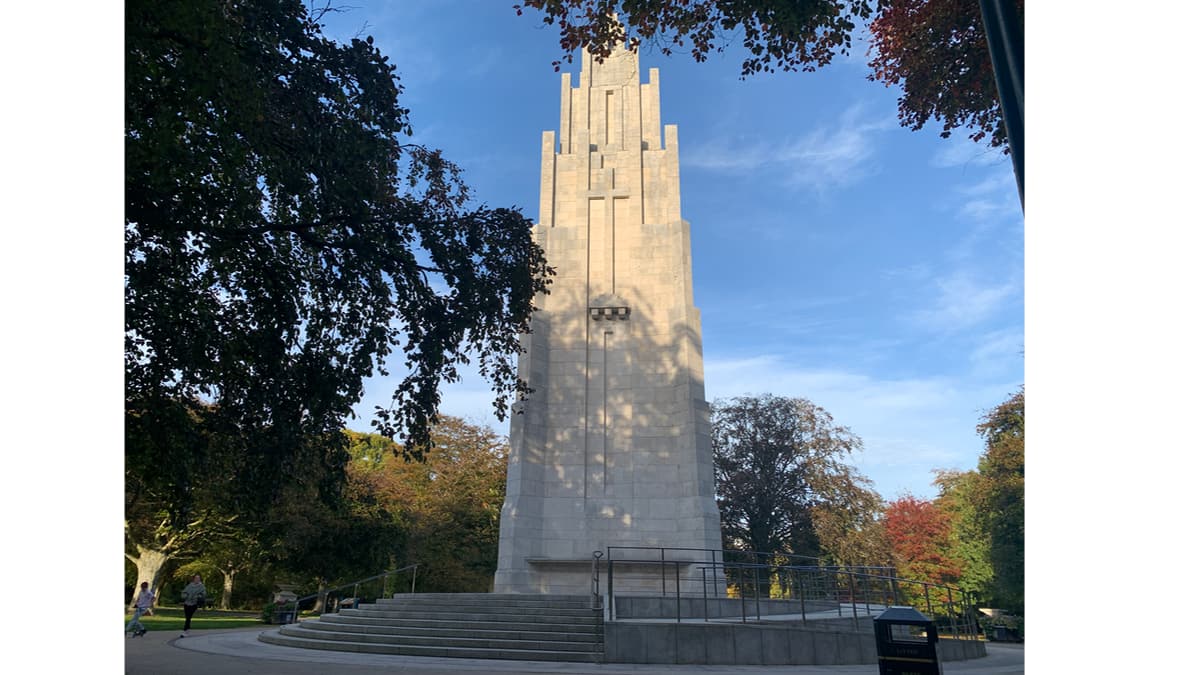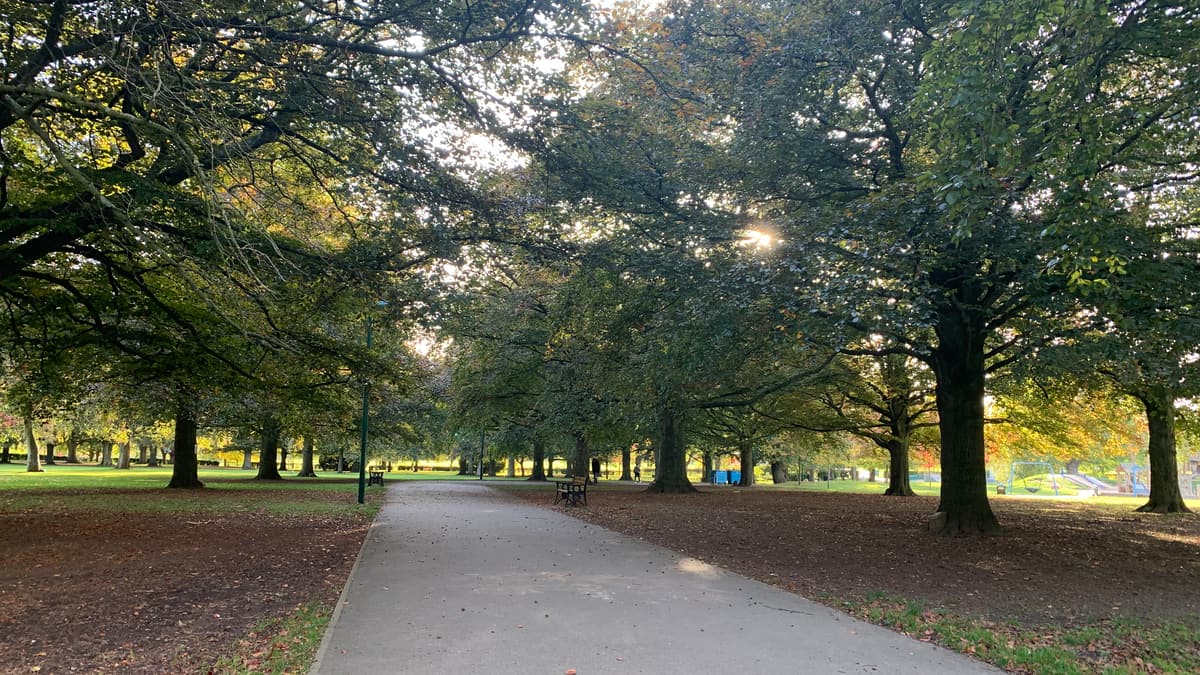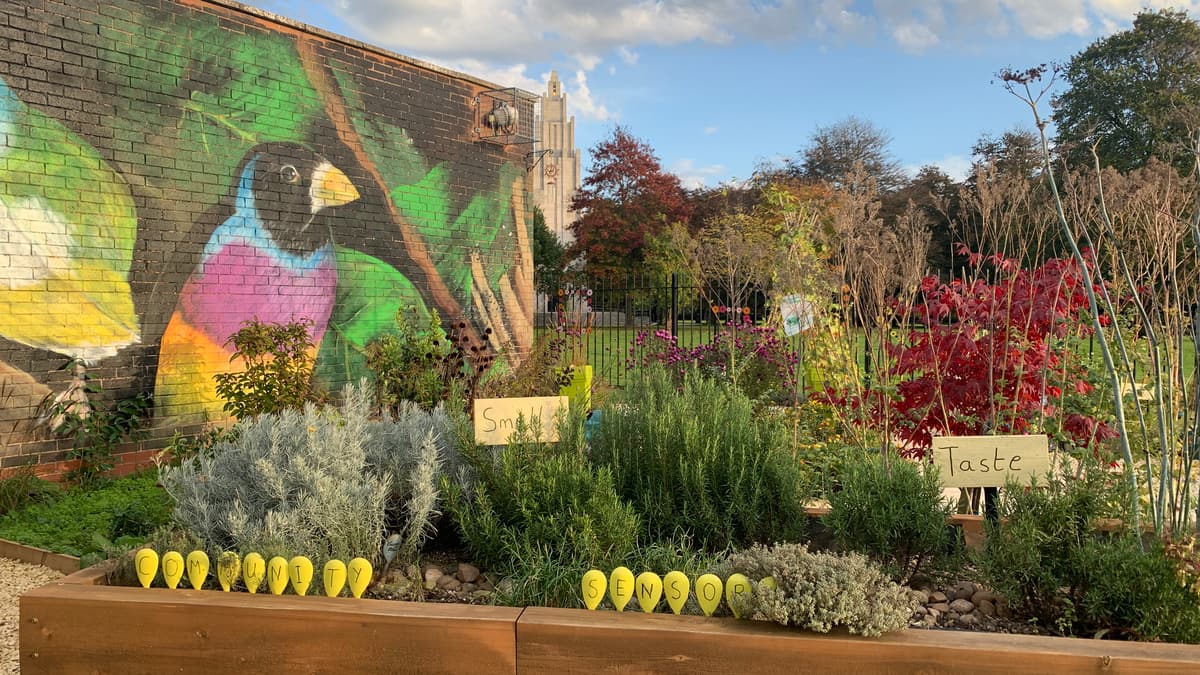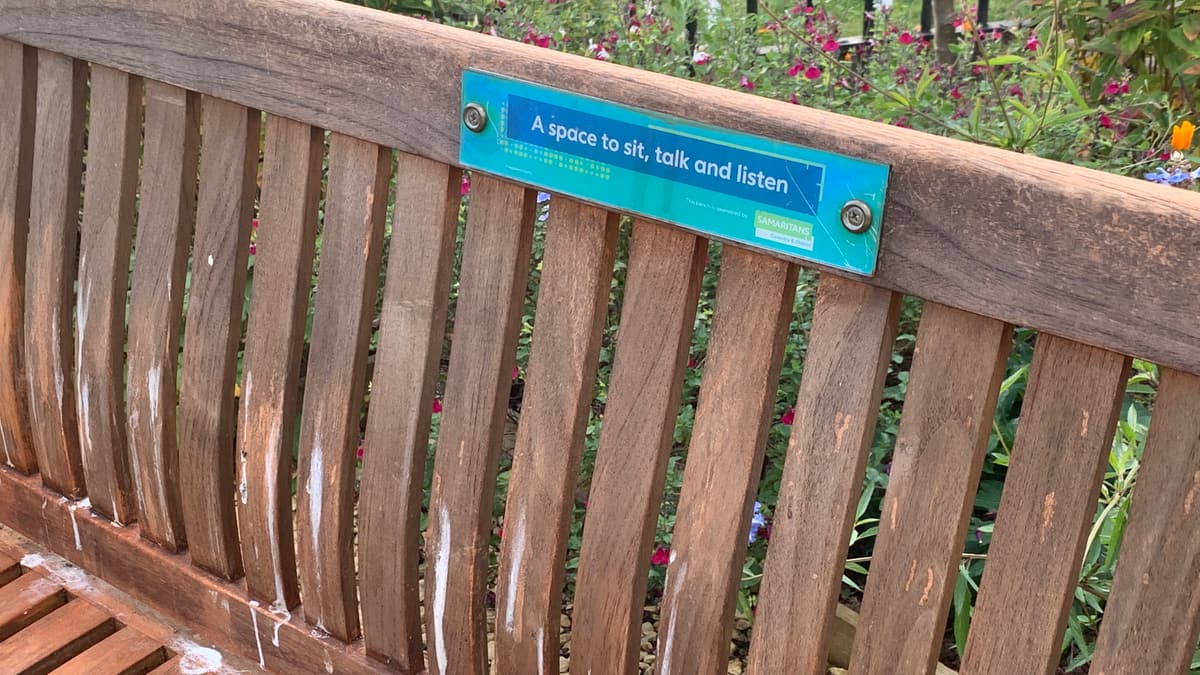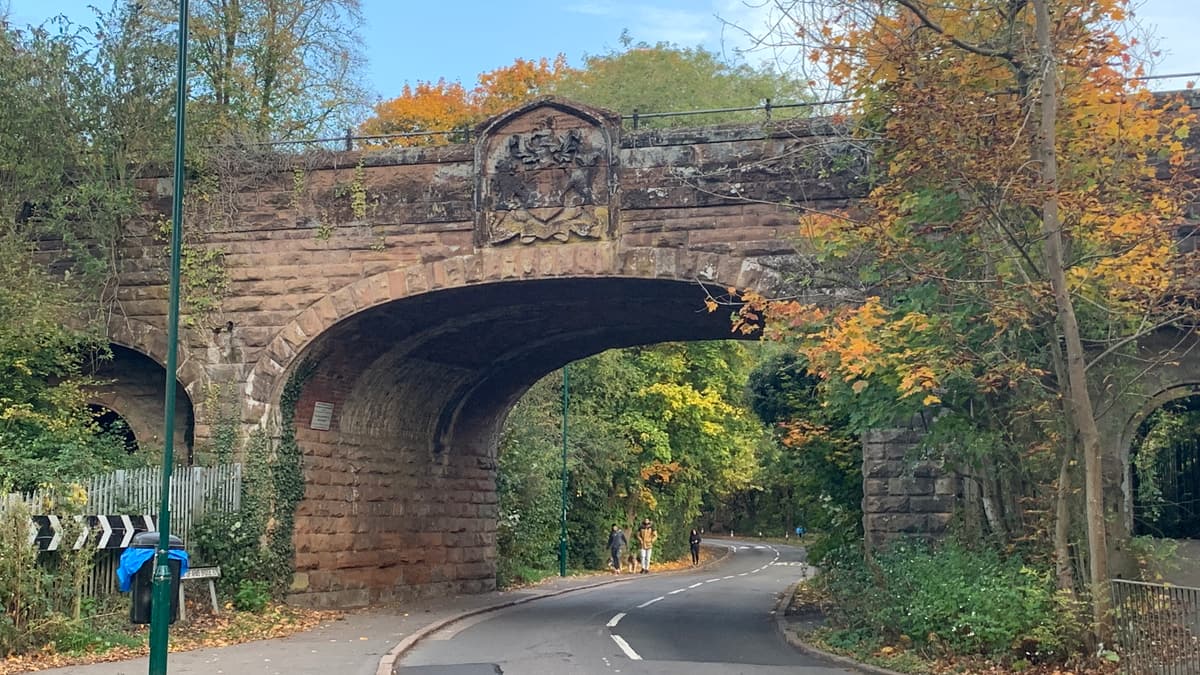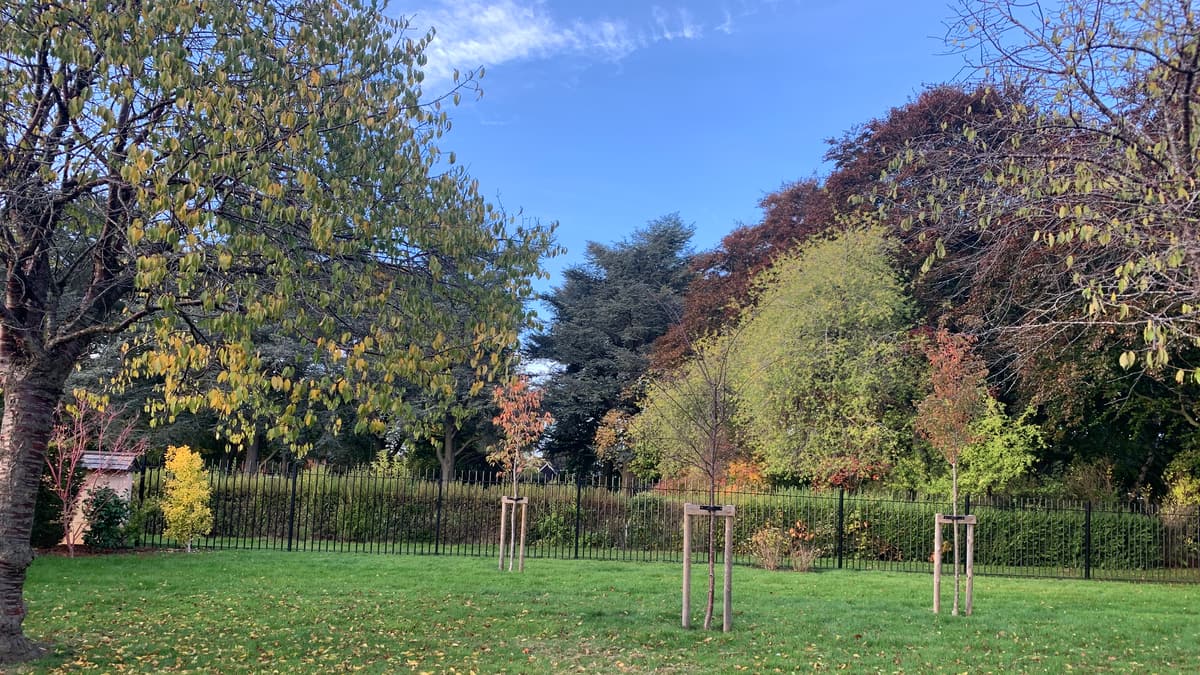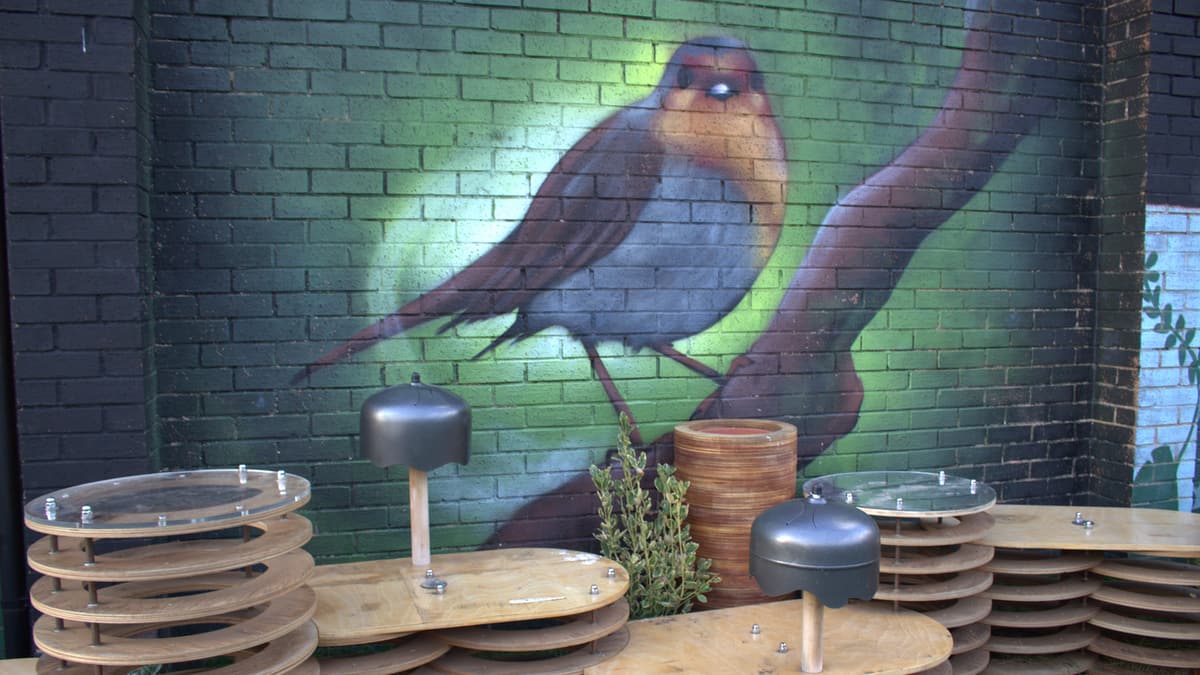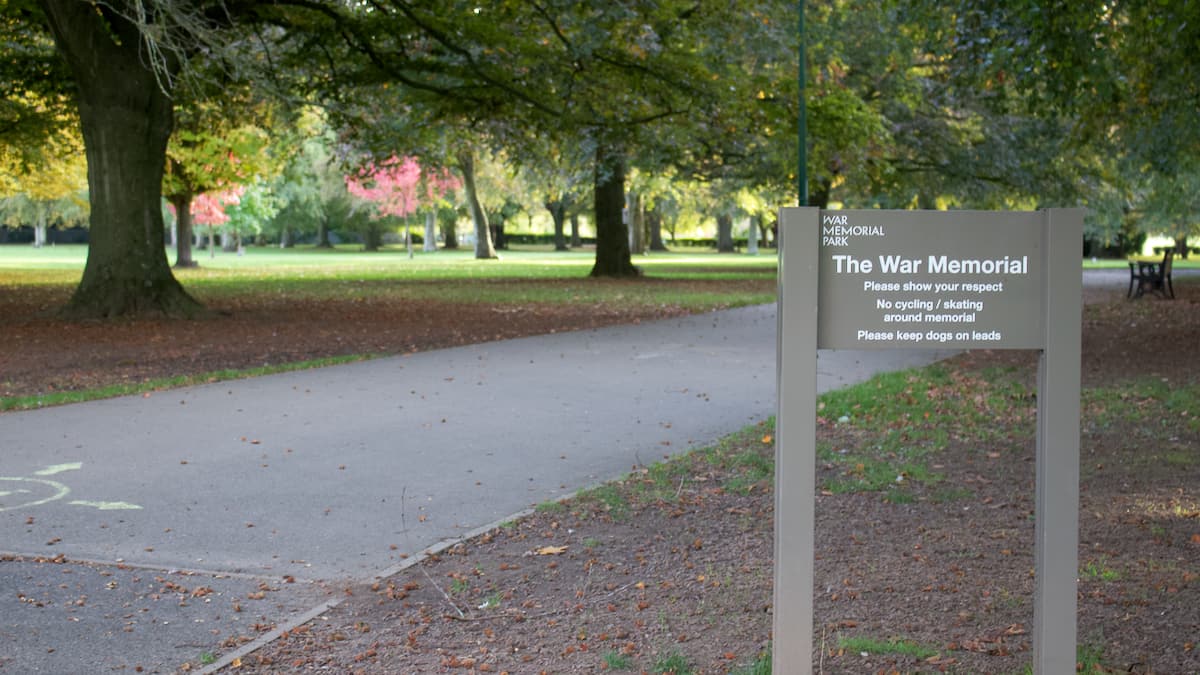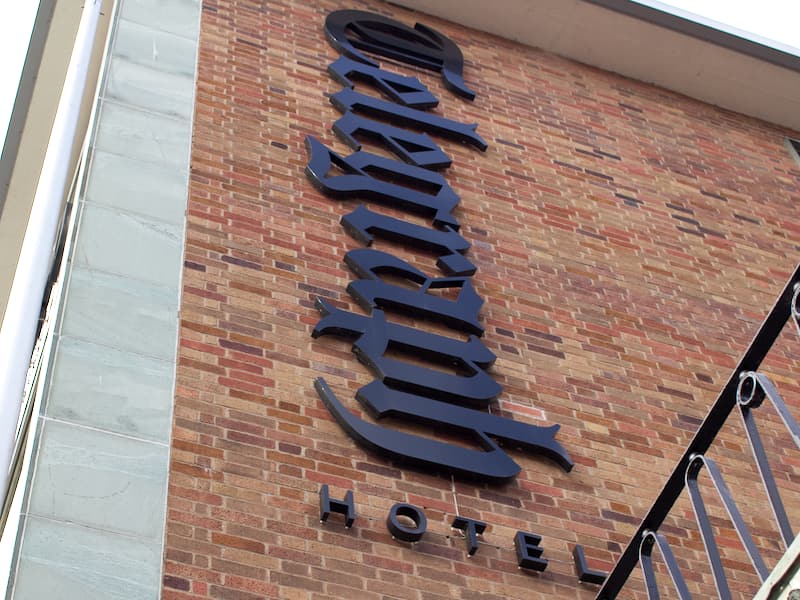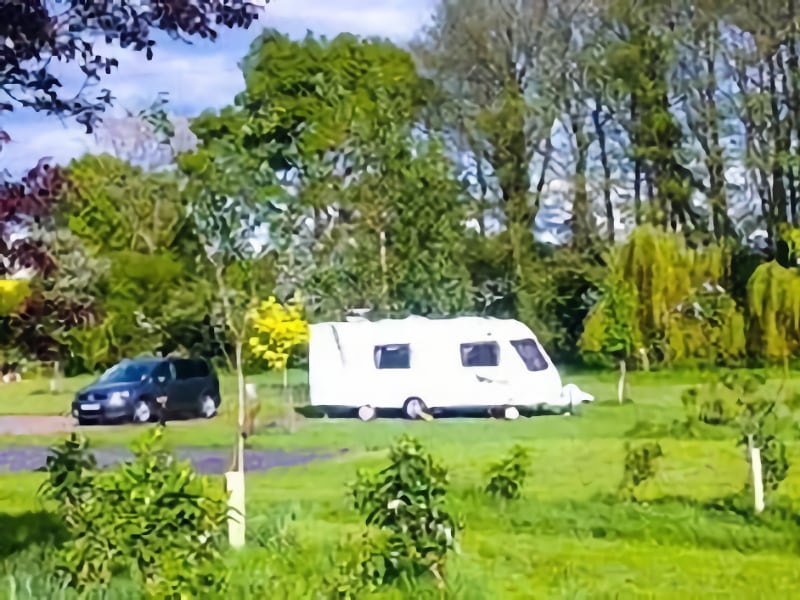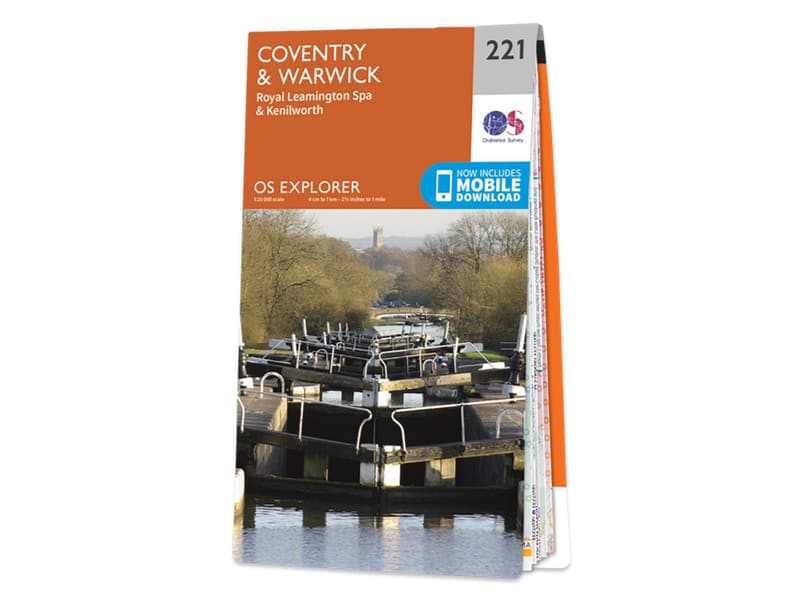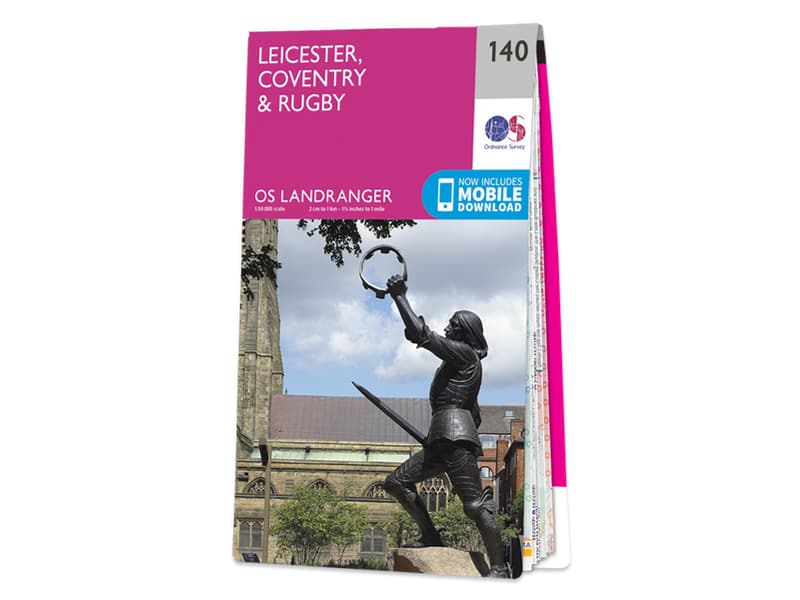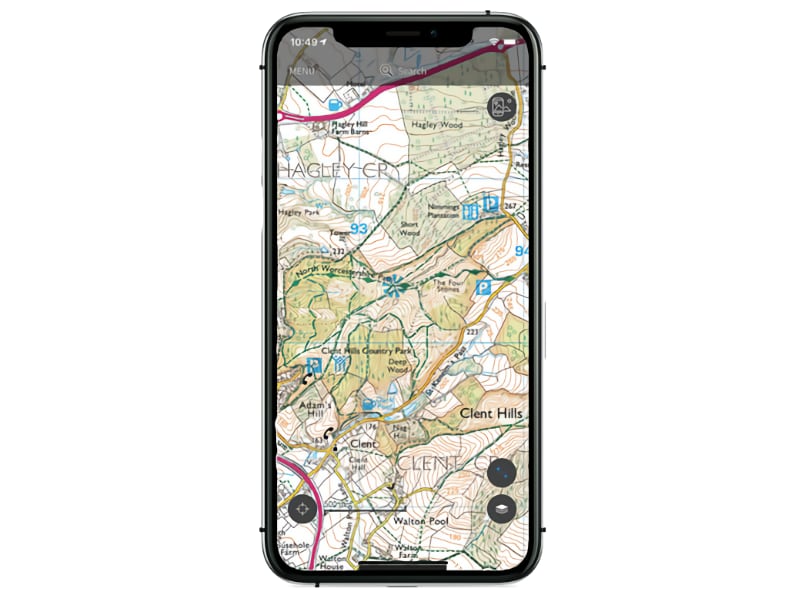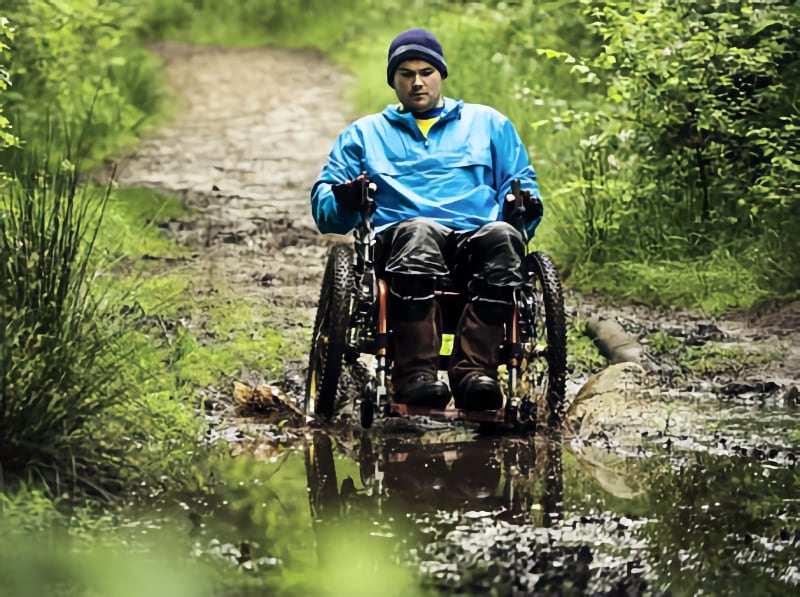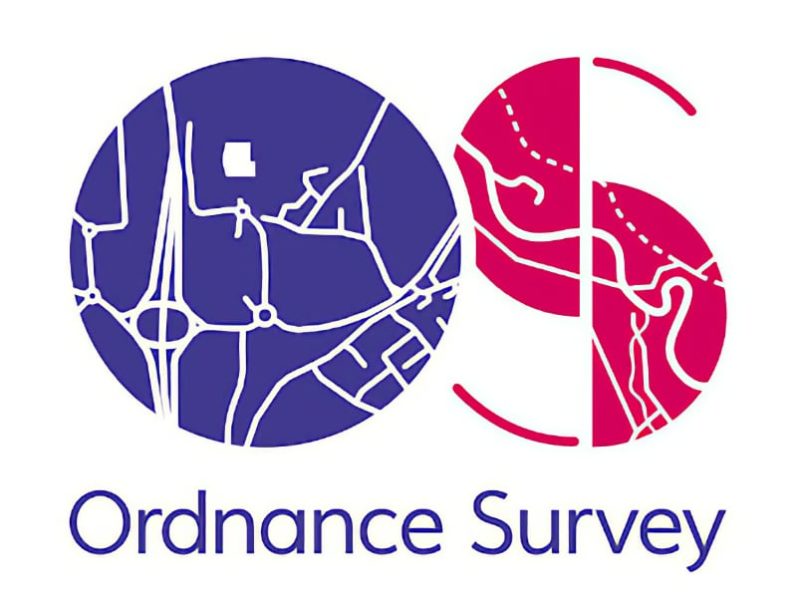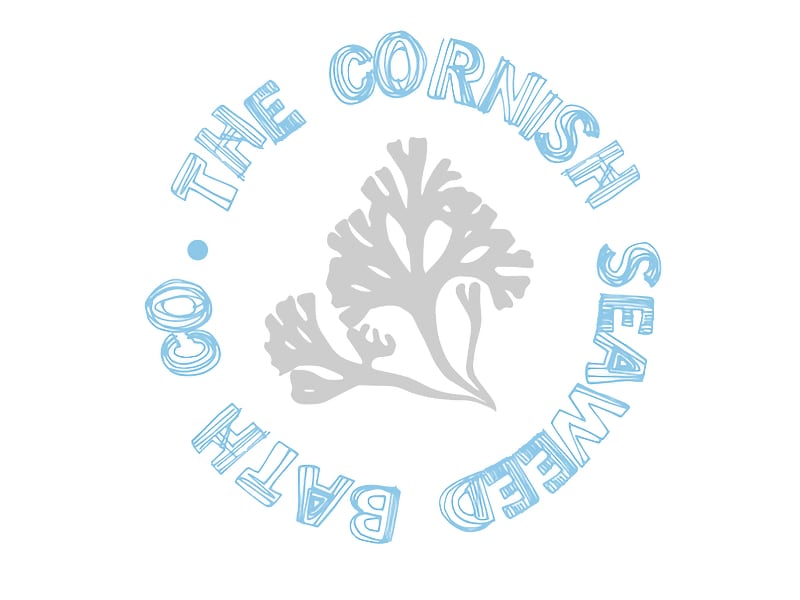- Home
- All Walks · Walking Routes
- Destination Coventry Walks
- War Memorial Park
Walk Details
The 48.5 hectare park was opened in 1921 in tribute to those from the city who lost their lives in the first world war. Prior to then it was part of Styvechale Common. In the late 1920’s-1930 the landscaped gardens and sports areas were created. This walk takes you in a circuit around the park to highlight some of the notable areas within it.
It is an accessible route – the paths are suitable for wheelchairs and pushchairs and there’s plenty of green space for little boots to run off their energy in.
Our walk starts in the main car park – which also serves as a park and ride into the city. It is possible to walk from Coventry Train Station into the park – if you were to do this it would take about 10 minutes to walk to the main entrance and could pick up the circular walk from there.
We’re heading east, into the park and following the path up towards the visitor centre that’s located in the centre. Here there are toilet facilities should they be needed.
From here our walk takes us along the path and up towards the northern part of the park. If you are walking to the park from Coventry Train Station – this is where you would join the route.
In this part of the park is the Memorial Cenotaph. It was erected in 1927 and stands at around 90 feet tall. It was designed by an architect called Mr Tickner. It is made of Portland stone and was built by John Gray, who once lived at Coombe Abbey.
Inside the Memorial is a room called the Chamber of Silence. Every year on Remembrance Sunday, it is open for the public to view the “Roll of the Fallen”, books listing all of the Coventry servicemen who were killed in the two World Wars and more recent conflicts.
In addition to the War Memorial itself, there are around 800 trees in the park that have been planted in memory of those who have lost their lives from the city in conflicts. You can purchase a tree trail from the Visitor Centre that links up all of these trees.
From the war memorial we head a little further north into the park to see the aviaries, the Japanese Peace Garden and the sensory garden. The Japanese Peace Garden, a collaboration between primary school children in the city, the Japanese Garden Society, two construction companies and staff from the War Memorial Park itself, was officially opened in the summer of 2021 by The Ambassador of Japan and the Lord Mayor of Coventry.
Coventry is an International City of Peace as a result of the bombing of the city in 1940. The city share a special bond with the Japanese city of Hiroshima and whilst there is an annual service of remembrance on Hiroshima Day (6th August, the anniversary of the A-bomb in 1945), there was a desire to create something physical to celebrate the connection with Japan. It’s a traditional Karesansui (translates as ‘dry mountain and water’) garden where water is indicated by the use of gravel in this case. There are seven boulders that represent the seven continents – bridges connecting the larger ones represent peace and reconciliation with others. It’s a beautiful space where you can just pause in a moment of peace and just reflect.
Whereas other public gardens are usually all about taking a passive view of the plants and flowers there – the sensory garden has been designed for you to explore with all of your senses. There are plants there calling out to be touched, to be smelt, to be heard and even those who can be tasted. With funding from The Samaritans, there are benches for you to take a seat and talk to others and a beautiful and ethereal sound bench that needs to be experienced!
When you’re ready, we circle back around by the cenotaph, now heading south towards the lower part of the park – following the tree lined path around the edge of the park boundary.
Here we step out of the park briefly and on to Coat of Arms Bridge Road. Here we see the namesake of the road – a grade II listed structure that carries the Coventry to Leamington railway line over it. It is built of red sandstone and has a prominent shield above the central span which bears the coat of arms of the Gregory family of Stivichall Manor. The bridge was listed in 1955 and a painting of it by Herbert John Rylance hangs in the Herbert Art Gallery in the city centre.
Stepping back into the park, we continue following the path back up towards the car park and where we first started.
There are a couple of great cafes in the park – the Cafe Pavilion – that is located at the far end of the tennis courts and children’s play area that you walked past on your way from the Visitor Centre towards the Cenotaph (on your left hand side). There’s also another in the Visitor Centre.
 Nearest Train (or tube) Station(s):
Nearest Train (or tube) Station(s):
Coventry (1 mile)
Local Information
Read the Countryside Code before venturing out
Make sure to take a map and compass, and know how to use them before going into our National Parks #BeAdventureSmart
Tips for New Walkers: click here to download (PDF).
Remember to prepare properly before heading out on any type of walk or outdoor activity. Tell people where you are going and what time you are expected back. As Wainwright says "There's no such thing as bad weather, only unsuitable clothing".


